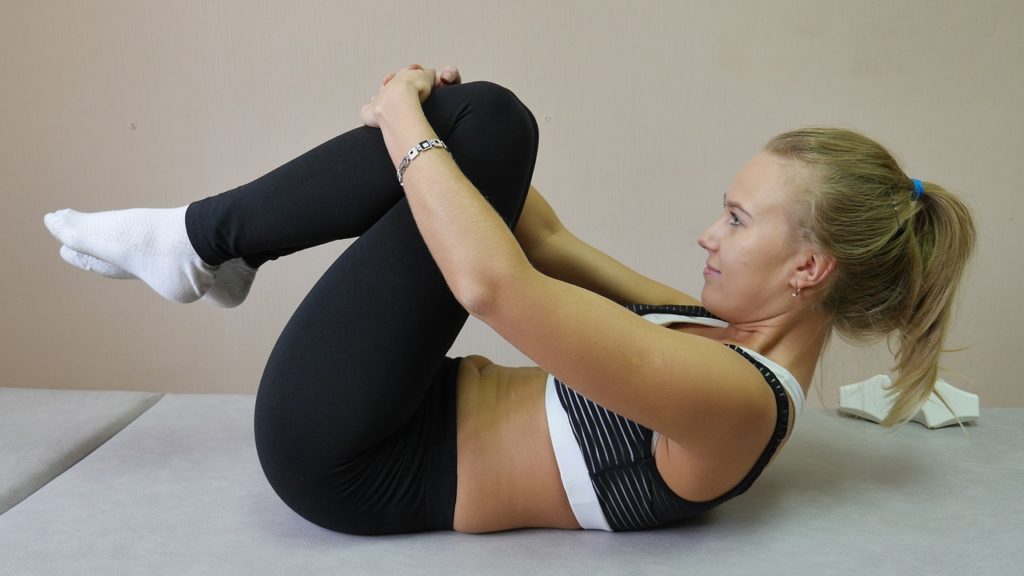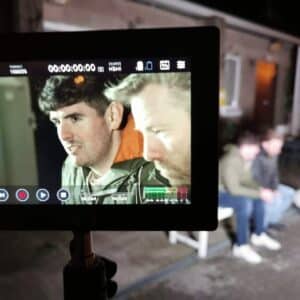Pilates classes develop the body, mind and spirit and so many shares similarities with yoga. However, Pilates primarily focuses on your core. Building abdominal strength with precise moves and structured breathing technique are a key part of Pilates. As a result of stronger abdominal strength, your supporting muscles also grow stronger. This creates body symmetry and increases your overall flexibility.
Pilates is known for its rehabilitative results. Dancers particularly are fond of this exercise as it develops grace and strength.
What are the Benefits of Pilates Classes?
As a strengthening, minimal impact, whole body workout program, Pilates has many advantages to your health. Students and experts report the following benefits:
- Develops core strength, flat abs, increased flexibility
- Increases whole-body strength, balance, and muscle tone
- Promotes body awareness and the mind/body connection
- Encourages overall health and wellness
What to Wear
Wear something comfortable, such as stretchy pants or shorts, and a tank top or t-shirt. You will know more what works best for your body and the class after a few sessions. Also, shoes are typically not required but you may be asked to wear socks for hygienic purposes.
What to Bring
Depending on the type of Pilates class, you may want to bring a mat. Some classes don’t need them and some provide them. Find out before your first class if you need a mat.
Be sure to bring some water along. Hydration is key in any exercise program to replenish fluids lost by perspiration, muscle recovery and health. You may also want a towel to dry off.
What to Expect
As with most exercise programs, you will likely start with some simple breathing exercises as well as gently stretching your muscles.
You will use breathing, centering, and concentration to precisely perform moves which are designed to focus on developing your core.
Focusing and extending your pose while controlling your breathing is key to achieving control and strength.
While floor or mat Pilates is a very common type of class, you may find a class that gives you access to lightweight equipment such as arcs, barrels and resistance circles.
Plan to move at a medium pace. Not slow but not fast. Typically, pilates will not give you an aerobic workout.
Some basic moves you may experience in class are:
- The 100: designed to warm up, loosen muscles and get the blood flowing
- Roll Like a Ball: designed to work abdominal muscles, massage the back and stimulate the spine
- Twist and Reach: focuses on the obliques while toning the waist
- Lower Back Shoulder Bridge: designed to strengthen your torso and legs
- Single Leg Circles: engage your abdominal muscles and legs
As with all fitness programs, it is important to cool down your muscles and body after exercising. The cool-down will typically include in stretching to return the body to its resting state.
Principles of Pilates
This form of fitness has roots in 6 fundamental elements. These are:
- Centering: strengthening the abdominal muscles, including the back, pelvis and buttocks
- Concentration: focus on form and execution of each move
- Control: uniting the body and mind to learn economy of movement
- Precision: developing the attention to purpose of movement
- Breathing: co-ordination of movement and breath to increase lung capacity
- Flow: practice fluidity and grace in every movement












Comments